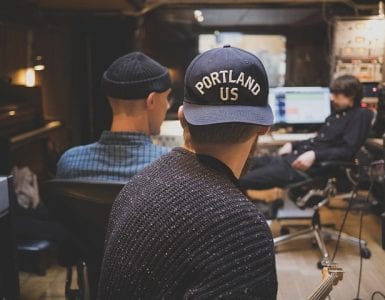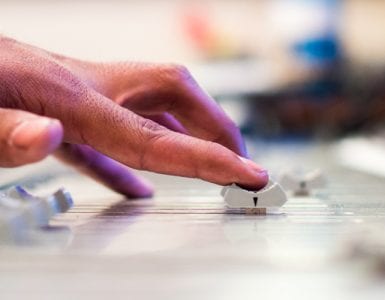Do you love making music but the terms tracking, mixing and mastering leave you scratching your head in confusion? Read this article and let us help clear things up for you.
Tracking
Tracking simply means the process of recording tracks. It’s called ‘tracking’ because each recorded element is given it’s own track so that the balance and effects can be controlled individually later on. Tracking can either be done with more than musician playing at once, or is done one instrument at a time (or a mixture) depending on how you want the track to sound.


Mixing
Mixing is the process of blending all the individual tracks in a recording to make it sound as good as possibly can. The blended tracks are known as ‘the mix’. Mixing a track involves balancing the volume levels of the tracks (either manually or via automation), boosting and cutting frequencies (also known as EQing), panning tracks left and right to create the stereo field and adding effects.
Mixing often involves lots of editing and picking between the best variations of each track. Ideally though, the editing work will have been done before hand so they can focus on the mix itself.


Mastering
Whereas mixing involves blending tracks together, mastering involves balancing the tracks so that nothing jumps out in the record. This can vary from adding minor tweaks to the mix, through to completely reworking and restoring, although there’s only so much that can be done on any track.
Mastering also involves editing the beginning an ends of songs, and the gaps in albums so they play smoothly. Their finished product is called a ‘master’ and includes including all the necessary meta data and codes.


We hope this article has cleared everything up for you. If you have any other questions, please leave them in the comments below.







